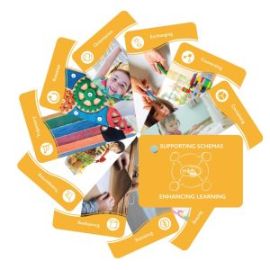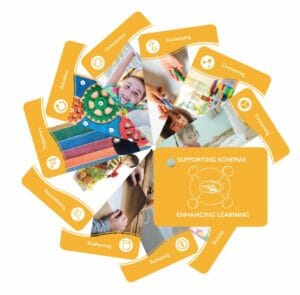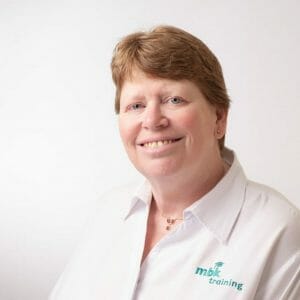Working hours
Mon - Fri: 8am to 5pm
Mon - Fri: 8am to 5pm
Share

 Whilst schemas have been around as long as we have been studying child development their value in the role of children’s learning is still underrated. All practitioners working with children should have a good knowledge and understanding of the different ways in which children may learn. Developing our practitioner’s knowledge of schemas is crucial to this understanding.
Whilst schemas have been around as long as we have been studying child development their value in the role of children’s learning is still underrated. All practitioners working with children should have a good knowledge and understanding of the different ways in which children may learn. Developing our practitioner’s knowledge of schemas is crucial to this understanding.
Schemas are all about repeated patterns of behaviour and as Chris Athey, who has studied these extensively informs us, “clusters of schemas develop into later concepts” (Athey: 2003). So if children are developing their core understanding of the way things work, based on being able to explore and experience learning through schemas, then it makes sense that the more we can provide for these the more we are helping them learn and understand their world.
Children often display many schemas at the same time or move from one to another as their experiences and learning grow. They begin to co-ordinate their learning and these co-ordinations can lead to even higher level and more powerful schemas (Athey: 2007) and so even greater learning for the children. Schemas can develop high levels of concentration in children.
Many practitioners misunderstand when children are moving resources from one area to another, lining them up around the whole room or running around in circles. These behaviours are all potentially displays of schemas and if not recognised and nurtured then ultimately this could inhibit children’s further learning. Too often we see ‘tidy-up time’ interrupting play, or team members moving resources back to a central point, and so disrupting developing schemas. Once you are aware of schemas, and look out for them during your observations of children, you will begin to learn the difference between a basic interest and a deep need to explore a specific interest.
Whilst there are some excellent books and articles on the subject, they still don’t seem to inspire practitioners to develop their knowledge and understanding. Perhaps because they are often too detailed and not always hands-on and practical. It is, for this reason, we developed our hand key cards. Covering the 10 most common schemas they detail information about the scheme, the resources you can provide to enhance and develop the children’s learning within the schema and also outline language opportunities that can be introduced, which helps support the communication and language elements within the EYFS 2021.
Take a look at our keycards here, printed on durable never tear and supplied complete with a lanyard.
About the author: Tricia Wellings
 Tricia qualified as an NNEB and achieved a BA (Hons) in Early Education Studies and Early Years Teacher Status. She obtained her PTLLS and CTTLS in order to teach adults and most recently her A1 assessors’ award. She has run a group of day nurseries for 22 years and trains her own teams.
Tricia qualified as an NNEB and achieved a BA (Hons) in Early Education Studies and Early Years Teacher Status. She obtained her PTLLS and CTTLS in order to teach adults and most recently her A1 assessors’ award. She has run a group of day nurseries for 22 years and trains her own teams.
Her passion for and knowledge of owning and running a nursery group and the issues within the sector that affect them is second to none. She continues to keep herself updated through regular meetings with PVI groups, Local Authorities & Conferences. She also Chairs the West Midlands Ofsted Big Conversation.
Tricia now also works with other nursery owners in helping them grow their businesses. You can find out more about Tricia on her website www.triciawellings.com
With the ever-changing regulations and guidance, sign up to our monthly newsletter and mailings to stay current and keep up to date with running your childcare setting.
Simply enter your details below to join our mailing list.
By completing this form you are agreeing to our privacy policy You can unsubscribe at any time

Millennium House, High Street,
Studley, Warwickshire, B80 7HJ.